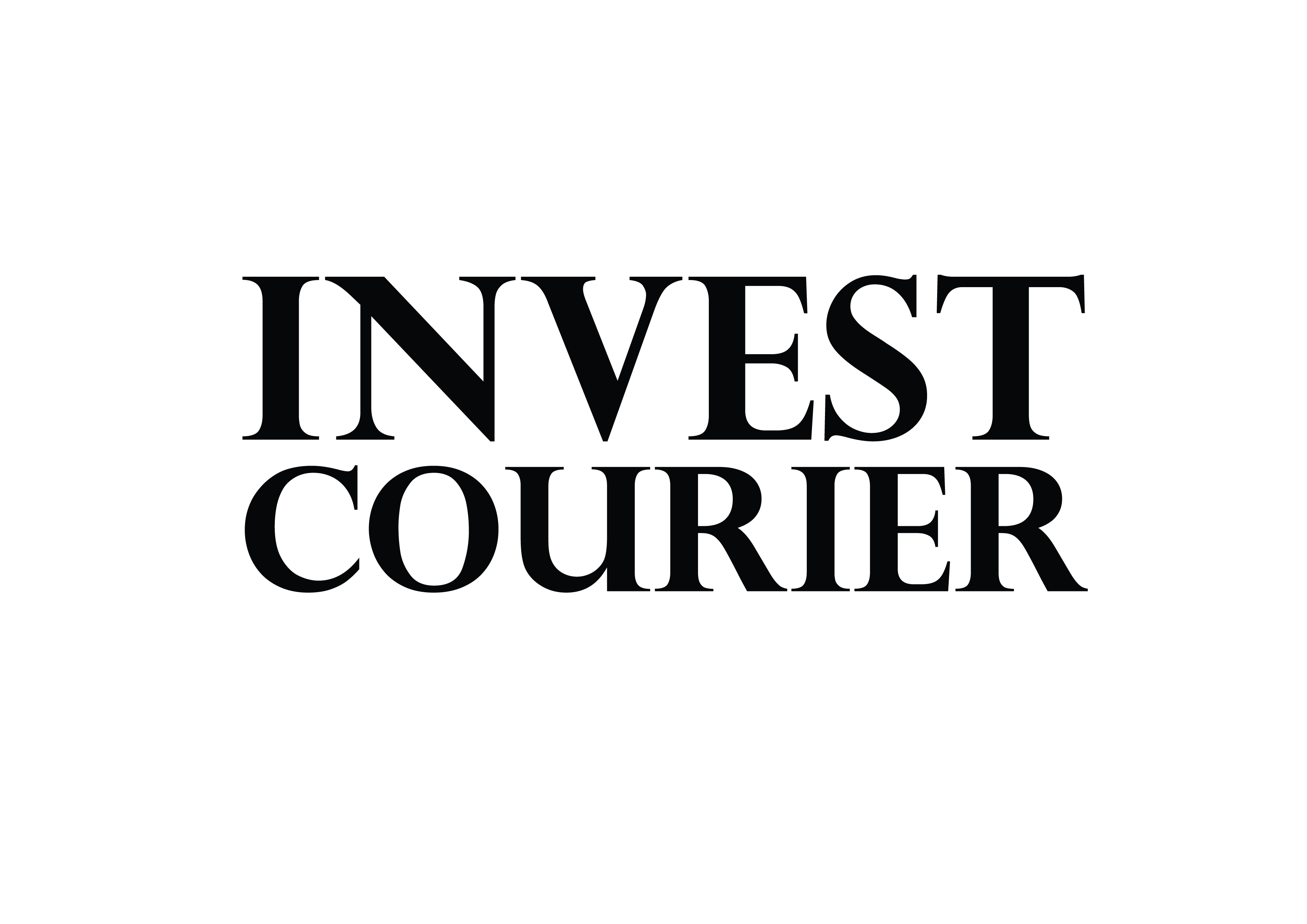Struggling with credit balances can feel overwhelming, but you don’t need a bigger paycheck to regain control. Small, consistent changes in your habits can create lasting momentum toward financial freedom. The average U.S. household carries $6,501 in credit card debt, proving you’re not alone—but with the right plan, progress is possible.
Prioritizing payments, optimizing your budget, and negotiating with creditors are proven methods to accelerate progress. Many Americans have eliminated burdens by sticking to disciplined repayment plans. The psychological relief of shedding debt fuels motivation, turning small wins into long-term success.
Key Takeaways
- Habit adjustments create momentum without extra income.
- Strategic repayment plans work for average households.
- Creditor negotiations can reduce what you owe.
- Tracking spending helps optimize your budget.
- Celebrating small wins keeps motivation high.
Assess Your Current Debt Situation
Before tackling repayments, map out what you owe with precision. Clarity transforms overwhelm into actionable steps. Gather statements for credit cards, loans, and medical bills—every dollar matters.
Calculate Your Total Debt Load
List all balances in one place. Use free tools like NerdWallet or a spreadsheet template to track:
- Minimum payments and interest rates
- Due dates to avoid late fees
- Good debt (e.g., mortgages) vs. bad debt (high-interest credit cards)
Compare Debt to Income Ratio
Your debt-to-income ratio (DTI) measures financial health. Calculate it monthly:
DTI = (Total Monthly Debt Payments ÷ Gross Monthly Income) × 100
| Monthly Income | Debt Payments | DTI | Action |
|---|---|---|---|
| $3,000 | $1,200 | 40% | Manageable with budgeting |
| $4,500 | $2,500 | 55% | Seek professional help |
Sarah reduced her DTI from 55% to 33% by consolidating credit card debt. If your DTI exceeds 50%, consult a credit counselor.
How to Get Out of Debt Faster Without Increasing Income
Breaking free from financial burdens starts with choosing the right repayment strategy. Structured approaches like the debt snowball and debt avalanche methods turn small payments into big progress. Research shows these tactics outperform minimum payments by up to 30%.
The Debt Snowball Method
This method prioritizes your smallest balances first. Pay the minimum on all accounts, then put extra cash toward the tiniest debt. Each paid-off account fuels motivation. A Credit Karma study found this approach finishes 30% faster than minimum payments alone.
- Case study: A couple erased $15,000 in 22 months using snowball.
- Psychological hack: Track progress with a color-coded debt thermometer.
The Debt Avalanche Method
Here, you target debts with the highest interest rate first. While it requires more discipline, MagnifyMoney found it saves 18% more in interest than snowball. For a $25,000 balance, that’s $2,187 extra in your pocket.
| Method | Speed | Interest Saved | Best For |
|---|---|---|---|
| Snowball | Faster wins | Less | Motivation seekers |
| Avalanche | Slower start | More | Numbers-focused |
Lowering Credit Utilization
Keeping credit utilization below 30% boosts FICO scores. Request limit increases (without spending more) to improve ratios. Warning: Avoid “balance chasing” by opening new accounts just for limits.
Create a Budget That Works for You
Your money works harder when every dollar has a purpose. A tailored budget aligns with your lifestyle, whether you’re neurodiverse or thrive on automation. Tools like YNAB help users cut debt 34% faster by assigning jobs to each cent.
Zero-Based Budgeting
This method gives every dollar a role—expenses, savings, or repayments. Start fresh each month: income minus outgo equals zero. Apps like GoodBudget use color-coding for dyscalculia-friendly tracking.
- Automate payments to avoid late fees.
- Example: Mike saved $8,000 using envelopes for groceries.
The 50/30/20 Rule
Split after-tax income into needs (50%), wants (30%), and savings/debt (20%). In pricier cities, adjust to 55/25/20.
“Flexible ratios prevent burnout—it’s about progress, not perfection.”
Negotiate bills using scripts like: “I’ve been a loyal customer—can we reduce my internet rate?” Small wins add up fast.
Explore Debt Consolidation Options
Consolidating multiple payments into one can simplify your financial life. By merging high-interest balances, you gain clarity and potentially lower rates. Debt consolidation isn’t a magic fix—but with the right approach, it accelerates progress.

Balance Transfer Credit Cards
These cards offer 0% interest for 12-21 months, ideal for short-term repayment. Watch for balance transfer fees (typically 3-5%). Compare top options:
| Card | 0% APR Period | Transfer Fee |
|---|---|---|
| Citi Simplicity | 21 months | 3% |
| Discover it® | 18 months | 3% |
Pro tip: Pay off the balance before the promo ends to avoid backdated interest.
Debt Consolidation Loans
A fixed-rate loan replaces variable credit card rates. LightStream offers APRs from 7.99% (2024). Benefits include:
- One monthly payment
- Predictable payoff timeline
- Potential credit score boost
“Upstart helped me slash my APR from 22% to 9%—saving $3,000 on a $12,000 balance.”
Avoid scams: Steer clear of lenders demanding upfront fees or guaranteeing approval. Always check Experian’s free credit monitoring for accuracy.
Negotiate with Creditors for Better Terms
Creditors often have flexibility—learning to negotiate unlocks hidden opportunities. Whether lowering your interest rate or settling for less, proactive conversations can save thousands. LendingTree reports 61% of borrowers successfully reduce APRs with a simple request.
How to Request Lower Interest Rates
Start with a polite call to your credit card issuer. Use this script:
“I’ve been a customer since [year] and value our relationship. Given my on-time payments, could we discuss lowering my current APR?”
If denied, ask for a supervisor or mention competitor offers. Document agreements via certified mail with terms like:
- New rate and duration
- No future rate hikes if payments are current
Settling Debts for Less Than You Owe
Creditors may accept 40–60% of your balance to close accounts. Follow these steps:
- Offer 30% initially—negotiate up to 50% if needed.
- Get terms in writing before sending payment.
- Note: Settled debts may trigger IRS debt settlement taxes (Form 1099-C).
| Option | Credit Score Impact | Best For |
|---|---|---|
| Settlement | 125-point drop | High interest rate debts |
| Bankruptcy | 200-point drop | Unmanageable totals |
State laws vary—California and Texas enforce a 4-year statute of limitations on credit card debt. For recession-proof debt strategies, prioritize high-interest accounts first.
Cut Expenses to Free Up More Money
Small changes in daily habits can unlock hidden cash flow. The average family wastes $1,200 yearly on unused subscriptions—money that could slash your debt instead. Start by auditing expenses with these strategic tweaks.
Reducing Monthly Bills
Fixed costs often have flexible rates. Try these ways to shrink recurring charges:
- Energy: Set thermostats to 73°F—saves 10% on bills (ENERGY STAR)
- Insurance: Policygenius compares rates in minutes—users save $500+/year
- Subscriptions: Apps like Trim identify and cancel forgotten memberships
Negotiate internet or phone plans using competitor quotes. Many providers offer loyalty discounts when asked.
Eliminating Non-Essential Spending
Transform spending leaks into repayment fuel:
| Expense | Cheaper Alternative | Annual Savings |
|---|---|---|
| Takeout ($12/meal) | Meal prep ($3.50/meal) | $1,300+ |
| Gym membership | Library fitness passes | $600 |
Join a “Library of Things” to borrow tools instead of buying. Try a 30-day no-spend challenge—free templates track progress.
“Finding $5 daily saves $1,825 yearly—enough to pay off a $3,000 credit card in 18 months.”
Scan bank statements for hidden fees: ATM charges, account maintenance, or overdrafts. Every dollar reclaimed accelerates your goals.
Stay Motivated Throughout Your Debt Journey
Keeping your spirits high during repayment requires smart psychology tricks. The brain responds to visible progress—Debt Free Charts found 68% higher success rates with visual tracking. Turn numbers into color-coded thermometers or coloring pages to make wins tangible.
Celebrate every $500 reduction in debt with dopamine-boosting rewards. Examples:
- $50 saved = Coffee treat or movie night
- $1,000 milestone = Day trip or hobby splurge
- Pro tip: Tie rewards to actions (not amounts) to avoid overspending.
Apps like Debt Payoff Planner show countdowns to freedom. Watching the time shrink fuels discipline. For community support, join Dave Ramsey’s EveryDollar group—members report 23% faster progress with accountability.
“Quarterly financial check-ins kept me on track. I adjusted my plan every 90 days based on what worked.”
Prepare for setbacks with crisis prevention. Aim for a 3-month emergency fund—even $20 weekly builds a $2,400 cushion in two years. This way, unexpected costs won’t derail your process.
| Tool | Purpose | Best For |
|---|---|---|
| Debt Free Charts | Visual progress tracking | Visual learners |
| YNAB | Budget adjustments | Detail-oriented planners |
Conclusion
Financial freedom starts with smart choices—not bigger paychecks. By prioritizing payments, optimizing your budget, and negotiating credit terms, you’ve learned seven strategies to shrink balances faster. Imagine your $10k debt gone in 28 months—consistent action makes it real.
Free tools like NFCC.org counselors and AnnualCreditReport.com keep your plan on track. Watch for red flags: upfront fees or “guaranteed” approvals signal scams (FTC.gov). Protect your progress.
Every $500 paid builds $1,500 in future money—visualize that reward. Start today: your next payment is a step toward lighter shoulders and brighter days.
FAQ
What’s the best way to tackle multiple credit card balances?
The debt snowball method focuses on paying off the smallest balances first, while the debt avalanche method prioritizes high-interest debts. Choose the one that keeps you motivated.
Can lowering my credit utilization help reduce debt faster?
Yes! Keeping your credit utilization below 30% improves your score and may qualify you for better interest rates, making repayment easier.
How does a balance transfer credit card help with debt?
Transferring high-interest balances to a card with a 0% introductory APR can save money on interest, letting you pay down the principal faster.
Is debt settlement a good option?
Settling for less than you owe can hurt your credit score. Explore debt consolidation loans or negotiating lower interest rates first.
What’s the fastest way to free up cash for debt payments?
Trim non-essential spending, negotiate lower bills, and use a zero-based budget to direct every dollar toward your balances.
How do I stay motivated while paying off debt?
Track progress with milestones, celebrate small wins, and visualize the freedom of being debt-free to keep momentum.


